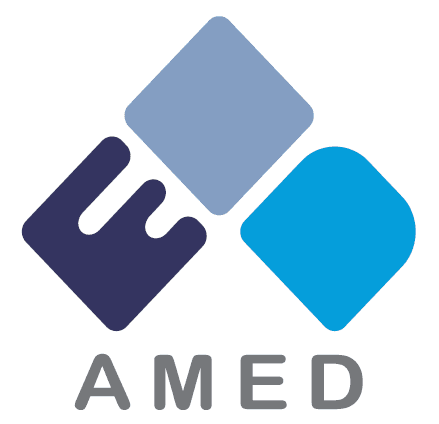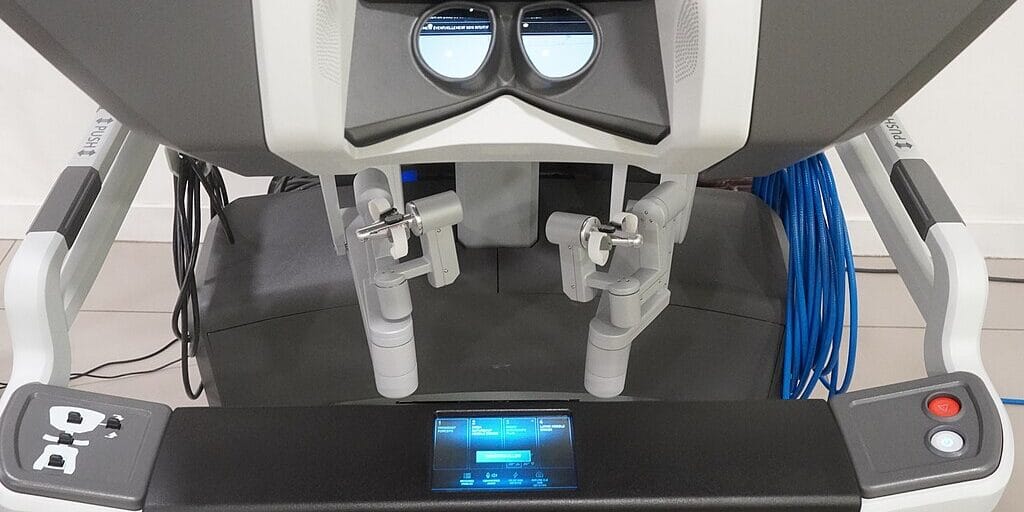Japan’s medical technology market is one of the most advanced and competitive in the world. For foreign med-tech companies, breaking into this market can be challenging, but the rewards are immense. Here are three success stories of med-tech solutions developed outside Japan that have successfully penetrated the Japanese market, along with the key factors that drove their success.
1. Intuitive Surgical’s da Vinci Surgical System
The Product
The da Vinci Surgical System, developed by California-based Intuitive Surgical, is a robotic-assisted surgical platform designed for minimally invasive procedures. It has revolutionized surgeries in urology, gynecology, and general surgery.
Success in Japan
The da Vinci system was introduced to Japan in 2009 and has since become a cornerstone of robotic surgery in the country. As of 2023, over 400 da Vinci systems are installed in Japanese hospitals, making Japan one of the largest markets for the technology outside the United States.
Key Success Factors
- Focus on Minimally Invasive Surgery: Japan’s aging population and preference for minimally invasive procedures aligned perfectly with the da Vinci system’s value proposition. The system’s ability to reduce recovery times and improve surgical precision resonated strongly with Japanese surgeons and patients.
- Strategic Partnerships: Intuitive Surgical partnered with local distributors and key opinion leaders (KOLs) to build trust and credibility in the Japanese market. They also invested heavily in training programs to ensure surgeons were proficient in using the system.
- Reimbursement Strategy: Intuitive Surgical worked closely with Japanese regulators to secure favorable reimbursement for procedures performed using the da Vinci system. This made the technology more accessible to hospitals and patients.
2. Medtronic’s Insulin Pumps for Diabetes Management
The Product
Medtronic, a global leader in medical technology, developed advanced insulin pumps for diabetes management. These devices offer continuous glucose monitoring and automated insulin delivery, improving the quality of life for patients with diabetes.
Success in Japan
Medtronic’s insulin pumps have gained significant traction in Japan, particularly among patients with Type 1 diabetes. The company has established a strong presence in the market, supported by a robust distribution network and localized patient support programs.
Key Success Factors
- Addressing a Critical Need: Japan’s aging population and rising diabetes prevalence created a strong demand for innovative diabetes management solutions. Medtronic’s insulin pumps offered a clear clinical benefit, making them highly attractive to Japanese healthcare providers and patients.
- Localized Marketing and Support: Medtronic tailored its marketing and patient education programs to meet the specific needs of Japanese patients. They also provided extensive after-sales support, including training for healthcare providers and patients.
- Regulatory Collaboration: Medtronic worked closely with the PMDA to ensure timely approvals and compliance with local regulations. Their proactive approach to regulatory engagement helped accelerate market entry.
3. Philips’ Imaging and Diagnostic Solutions
The Product
Philips, a Dutch multinational, offers a wide range of imaging and diagnostic solutions, including MRI machines, CT scanners, and ultrasound systems. These devices are known for their advanced technology and reliability.
Success in Japan
Philips has become a leading player in Japan’s imaging and diagnostics market, with its products widely used in hospitals and clinics across the country. The company’s success is driven by its ability to deliver high-quality, innovative solutions that meet the needs of Japanese healthcare providers.
Key Success Factors
- Innovation and Quality: Philips’ commitment to innovation and product quality aligned with Japan’s demand for cutting-edge medical technology. Their devices are known for their precision, durability, and advanced features, making them a preferred choice for Japanese hospitals.
- Strong Local Presence: Philips established a strong local presence in Japan, including manufacturing facilities and R&D centers. This allowed them to tailor their products to the specific needs of the Japanese market and respond quickly to customer feedback.
- Customer-Centric Approach: Philips invested heavily in building relationships with Japanese healthcare providers. They offered comprehensive training programs, technical support, and after-sales services, ensuring high levels of customer satisfaction.
Key Lessons for Market Entry
- Understand Local Needs: Each of these companies succeeded by addressing specific needs in the Japanese market, whether it was the demand for minimally invasive surgery, advanced diabetes management, or high-quality diagnostic imaging.
- Build Strong Local Partnerships: Collaborating with local distributors, KOLs, and regulatory bodies was critical to gaining trust and credibility in the market.
- Invest in Localization: Tailoring products, marketing, and support programs to meet the unique needs of Japanese customers was a key factor in their success.
- Focus on Regulatory Compliance: Proactive engagement with the PMDA and other regulatory bodies helped these companies navigate Japan’s complex approval process and secure favorable reimbursement.
- Commit to Long-Term Relationships: Building strong, long-term relationships with healthcare providers and patients was essential for sustained success in Japan.
Final Thought
Japan’s med-tech market offers immense opportunities for companies with innovative solutions and a strategic approach. By learning from the success stories of Intuitive Surgical, Medtronic, and Philips, foreign med-tech companies can position themselves for success in this dynamic and rewarding market.
Ready to take the next step? Let’s discuss how to turn your vision into reality. Schedule a free consultation or send us a message to explore how we can help you navigate Japan’s med-tech landscape with confidence.


